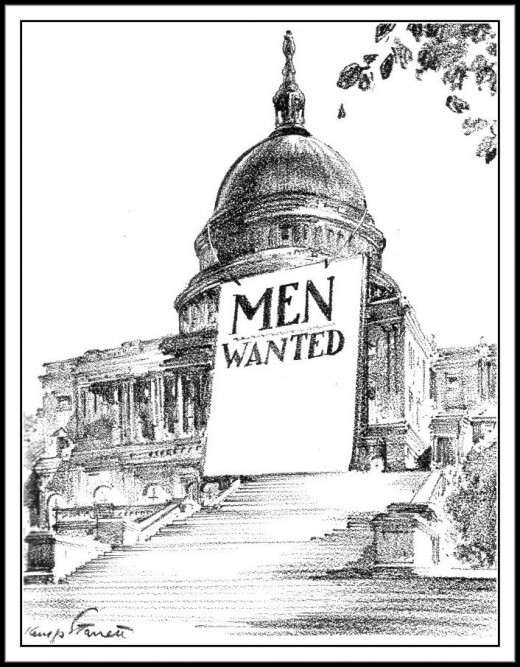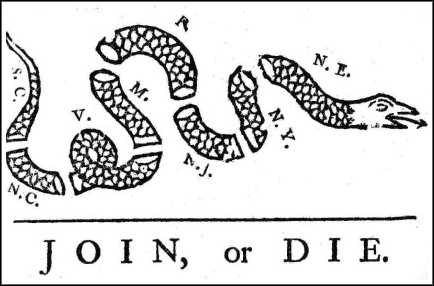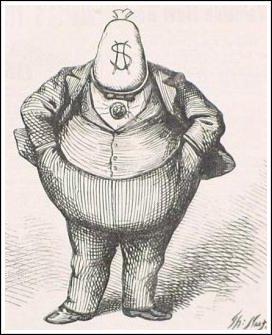Brief History of Political Cartoons


Political cartoons are nothing new. They’ve been around since cavemen learned how to sketch or chisel on a flat surface. These cartoons have been described as an art form portraying government programs, policies, and personalities in humorous ways, often with exaggerated caricatures, satire and parody. They usually contain a political or social message relating to current events.
It’s been said they are a spinoff of graffiti and composed of two elements: caricature and allusion. Caricature parodies the individual, while allusion creates the situation into which an individual is set.
The modern era of political cartoons began in Great Britain around 1735, but they entered their prime in the 1800s and continue to wield influence in the political arena today. Political cartoons have become an integral part of revealing the climate of history at any given point in time.
However, to understand political cartoons of the past, one has to have a working knowledge of historical events, persons involved, public sentiment and political atmosphere of the times. Otherwise, one is liable to miss the point by reading into it today’s meaning of words and symbols an artist used when they may have changed. Knowing this shows how our cultural and political landscapes have changed since.
Benjamin Franklin is credited with drawing and publishing the first political cartoon in the American colonies. In 1747, his publication "Plain Truth" displayed a man kneeling and praying to Hercules who is sitting on a cloud.


William Tweed

His 1754 cartoon of a snake chopped into pieces, each bearing a colony's name, advised the colonies to "join or die." The message meant to unite against their common enemies. Franklin used the image of a chopped up snake because at the time American folklore held a cut-up snake could rejoin its parts, become whole again and live.
Perhaps the most famous American political cartoonist was Thomas Nast, a German-born American caricaturist and editorial cartoonist who is considered to be the "Father of the American Cartoon.” During the Civil War, he created some of the most recognizable images in U.S. politics, including Uncle Sam, the Republican elephant and the Democratic donkey. He is best known for his scathing illustrations of corrupt New York City politician William Tweed, (1823-1878) better known as “Boss Tweed.”
Tweed led a group of corrupt Democratic politicians who gained power in 1863, when Tweed was elected “Grand Sachem” of the Society of Tammany Hall. It was originally a fraternal organization formed in 1786.
Tweed primarily exercised power through his ability to appoint supporters to jobs in New York City government.
This group of crooked politicians became known as the “Tweed Ring.” Nast’s cartoons exposed Tweed and his cohorts for the thieves they were. Tweed eventually fled the country, but was captured and returned. He died in prison.
Editorial cartoons mostly use visual metaphors and caricatures to explain complicated political situations. In this way they send a message to the public with the goal of influencing their opinion. Today, it seems two styles are being used.
The traditional, using visual metaphors and described as the “nasti” style, named after Thomas Nast. The other is a linear style giving its message in a comic strip format.
Today, political cartoons remain a part of newspapers’ editorial pages although their influence has waned due to competition from TV and the internet. Their use is also strongly controlled by advertisers and publishers, who can on a whim, drop them simply because they don’t agree.
However, it’s a safe bet that as long as politicians continue to make blunders, neglect human rights, and start wars, there will be political cartoons, in one form or another.





